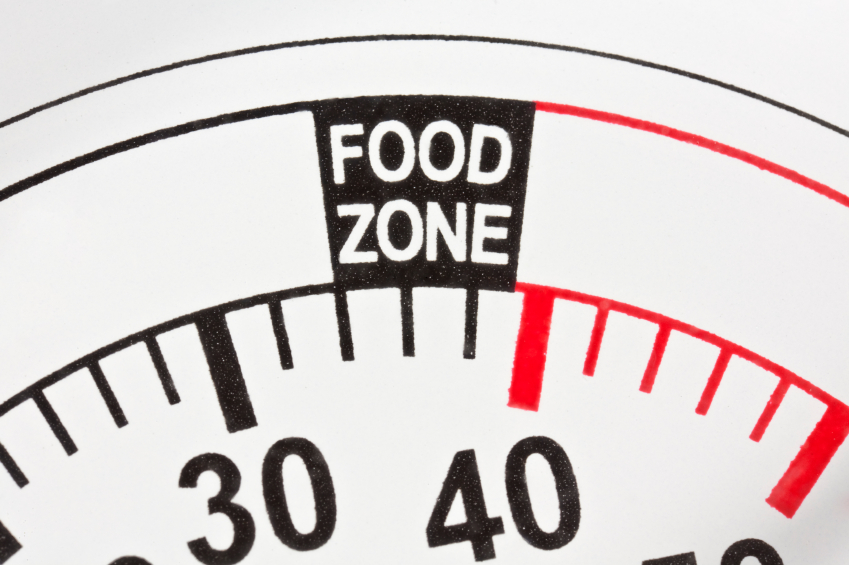
The first step to understanding how refrigeration thermostats (aka cold controls) work is to understand a counter-intuitive fact about refrigeration physics:
Cooling is achieved by sensing and removing warm air, not by adding cool air.
A thermometer, then, measures how much heat is present. If the heat level reaches a certain, um, level, the refrigeration mechanism kicks, and the refrigerant starts its trip through a maze of intestine-like coils, and the warm air is removed.
That’s the big picture, anyway. Let’s dive in and explore the process in greater detail.
A refrigerator thermostat/cold control is basically the brains of the refrigerator cooling system—it runs the show.
Thermostats are typically found inside the refrigerator and have a knob that allows users to adjust the temperature setting. Once a user sets the desired temperature, the thermostat maintains that temperature by controlling the flow of electricity to the compressor. If the thermostat is the brain, the compressor is the heart of the operation, responsible for pumping the refrigerant through the coils.
When the air inside the refrigerator is at the desired temperature, the thermostat stops the flow of electricity to the compressor. When the thermostat senses too much heat, it allows electricity to flow, activating the compressor.
How does the thermostat control the electricity, you ask?
In most commercial refrigerators, the thermostat has a capillary tube filled with gas. As the temperature in the fridge increases, the gas expands and pushes on a diaphragm, which operates a set of contacts which in turn operates the compressor.
Pretty cool, huh?
